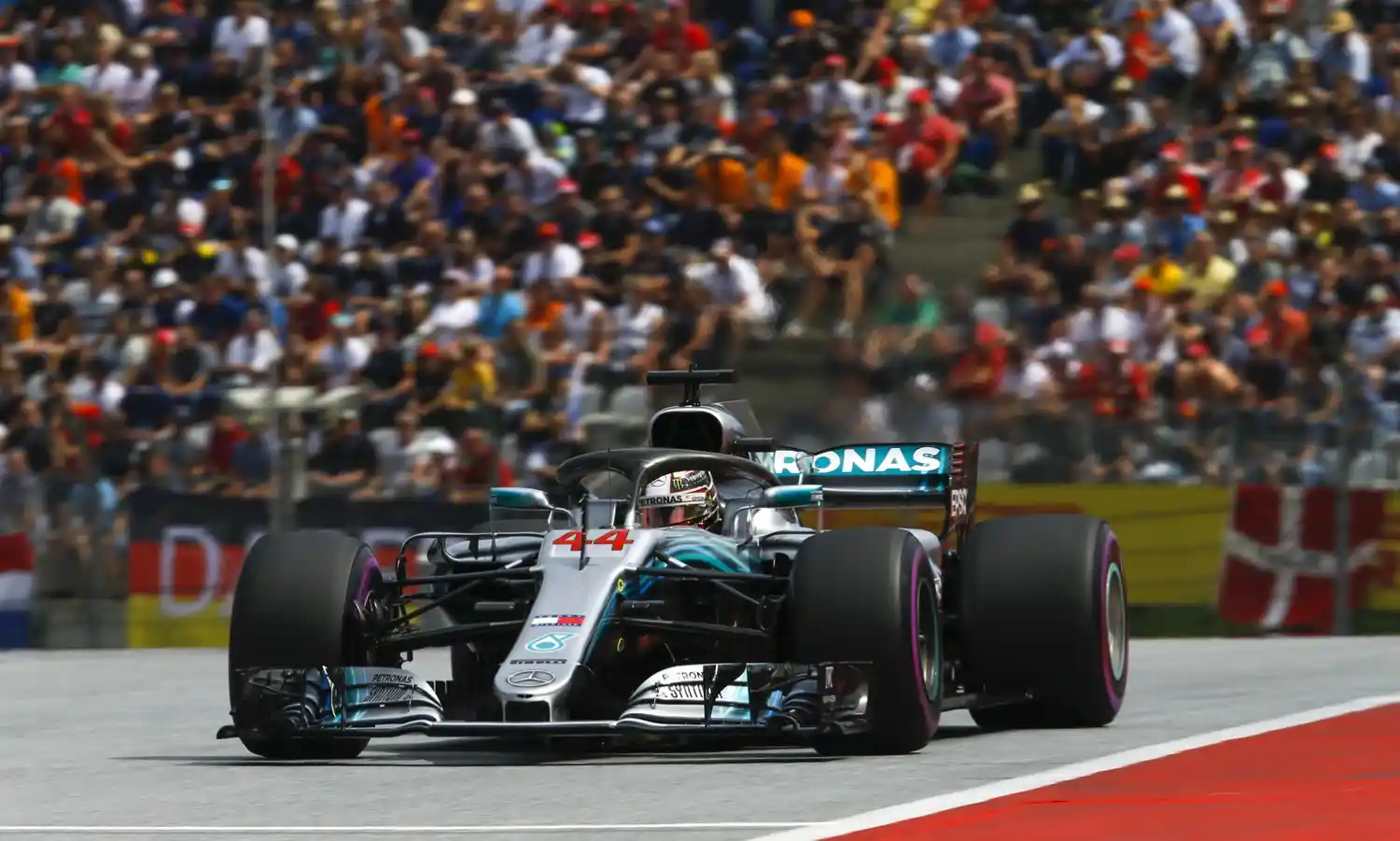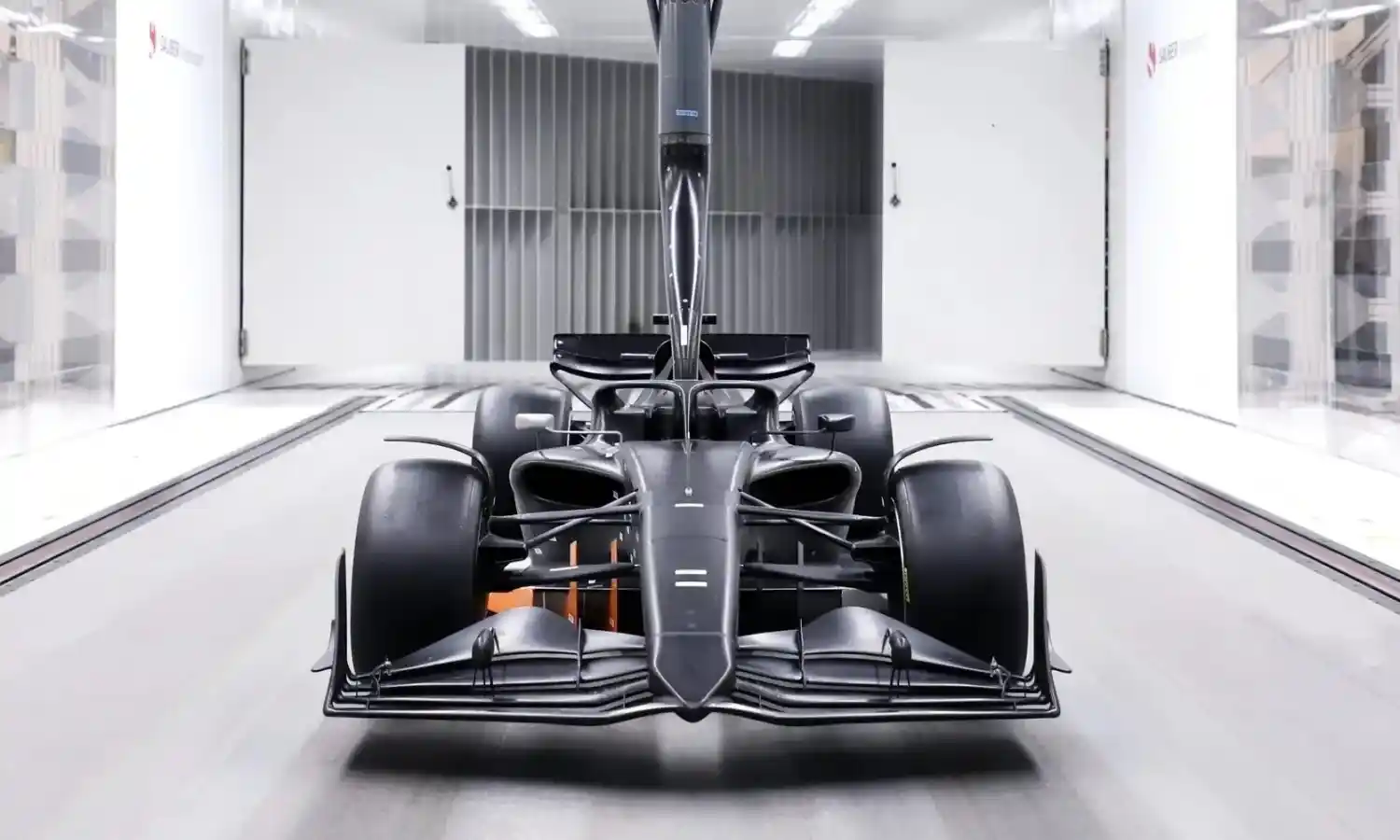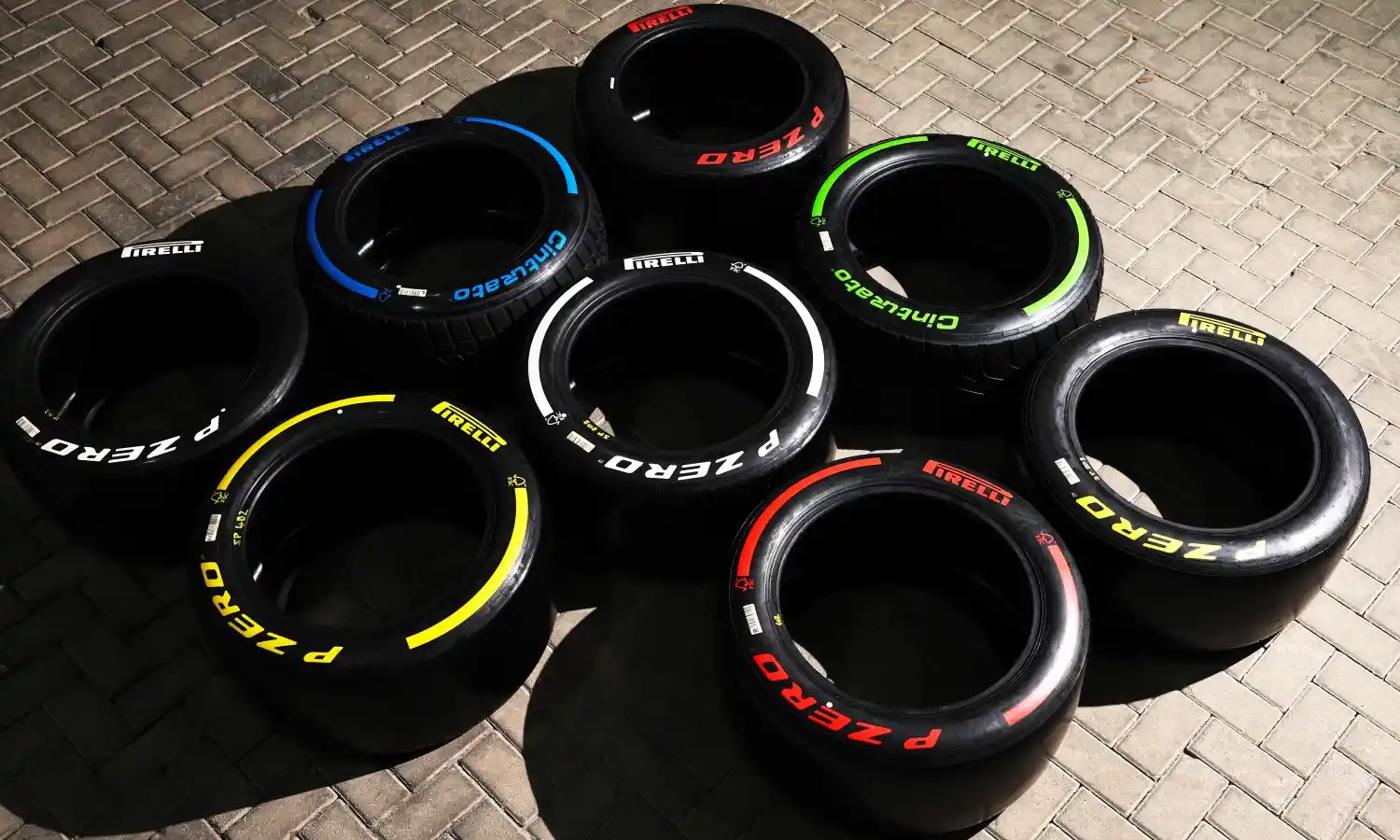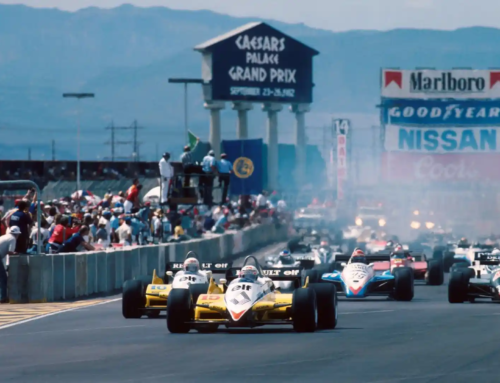Double Apex’s regular Formula One contributor, Graham Duxbury, take’s a closer look at F1’s black art: The ‘Sweet Spot’.
Formula One fans increasingly hear about how teams strive to ensure that their cars are “in the operating window” and thus able to either put in a blisteringly quick lap time in qualifying or maintain a fast race pace. The optimal operating window is also defined as a car’s “sweet spot”. From a driver’s perspective, it is important to have this as large as possible. Why is this? A large sweet spot means the car will be more benign and drivable. A small sweet spot will allow fast lap times, but the line between fast and unpredictable will be thin. Mistakes can be made more easily.
Follow Double Apex on Instagram and Facebook where we share more car content.
Domination
After Lewis Hamilton won eight of the final 11 races in the 2018 season, turning a tight title fight with Sebastian Vettel into a dominant campaign, he credited his run of form to keeping the car “in that sweet spot”. “Last year I hit that sweet spot at some point during the season and started being really, really consistent,” Hamilton said at the time.
How he and his team achieved that, however, was never fully revealed. Respected F1 journalist Peter Windsor once tried to ask a driver how his team finds and widens the sweet spot. He was told bluntly, “we don’t discuss this topic with the media”.
Click here to read more in our dedicated Formula One section.
Closelt Guarded Secret
Today, in an era where the margins are tighter than ever and performance gains come in hundredths of a second, the sweet spot has become F1’s most closely guarded secret. Teams won’t talk about how they find it, and drivers often can’t fully explain how they feel it – but when everything aligns, it’s unmistakable. It seems that as designers and engineers reach the development limits of the current technical regulations, finding the sweet spot has become something akin to the search for the holy grail.
But What is It?
In essence, the sweet spot of a car refers to a situation in which all the elements of the car’s setup – aerodynamics, tyres, suspension, engine and electronics – work together in harmony to achieve peak performance. When a car is in its sweet spot, it delivers the perfect balance of speed, handling and drivability, enabling drivers to extract maximum potential from both the car and track conditions.
Today’s F1 cars are highly sensitive machines, with numerous variables affecting performance. Finding the ideal balance is a challenging process, requiring extensive data analysis, simulator work and fine-tuning of the car’s setup. For example, achieving a balance between downforce and minimising drag is crucial. While one secret to finding the sweet spot lies in achieving the optimal downforce-to-drag ratio, another critical aspect is tyre performance. Tyres operate in specific temperature windows, and when too cold or too hot, grip drops.
Tyre Management
The sweet spot for the tyres is when they maintain the perfect temperature range, ensuring maximum grip without excessive degradation. This requires precise management by the driver, particularly on the out-lap warm-up phase, then during a qualifying lap and throughout longer race stints. Not an easy ask.
Another key to finding the perfect operating window is suspension setup. It affects how the car handles bumps, curbs and cornering loads. Too stiff a suspension may compromise traction, while too soft a setup could hurt high-speed cornering. In this light, ride height plays an important role too. It is related to both aerodynamics and mechanical grip, making it imperative to find a suspension setup that ensures consistent downforce in both high-fuel and low-fuel conditions.
Driver Feel
The driver also has a role to play, as Hamilton suggested. Drivers are ultimately responsible for setting the car up in a way that aligns with their preferences, such as the balance between understeer and oversteer. Some drivers are more expert than others when it comes to working with the team to extract optimal performance. Track conditions are vitally important and affect the sweet spot in a number of ways.
Variables such as track temperature, humidity and wind can influence how the car performs. A car set up to find its sweet spot in cooler conditions may struggle in hotter weather, highlighting the need for adaptability. Finding the sweet spot isn’t simply a technical exercise – it’s a strategic pursuit at the very heart of modern F1. It can be the key from merely being in the mix to leading the pack. And in a sport defined by fine margins, this can be a game-changer.








Leave A Comment